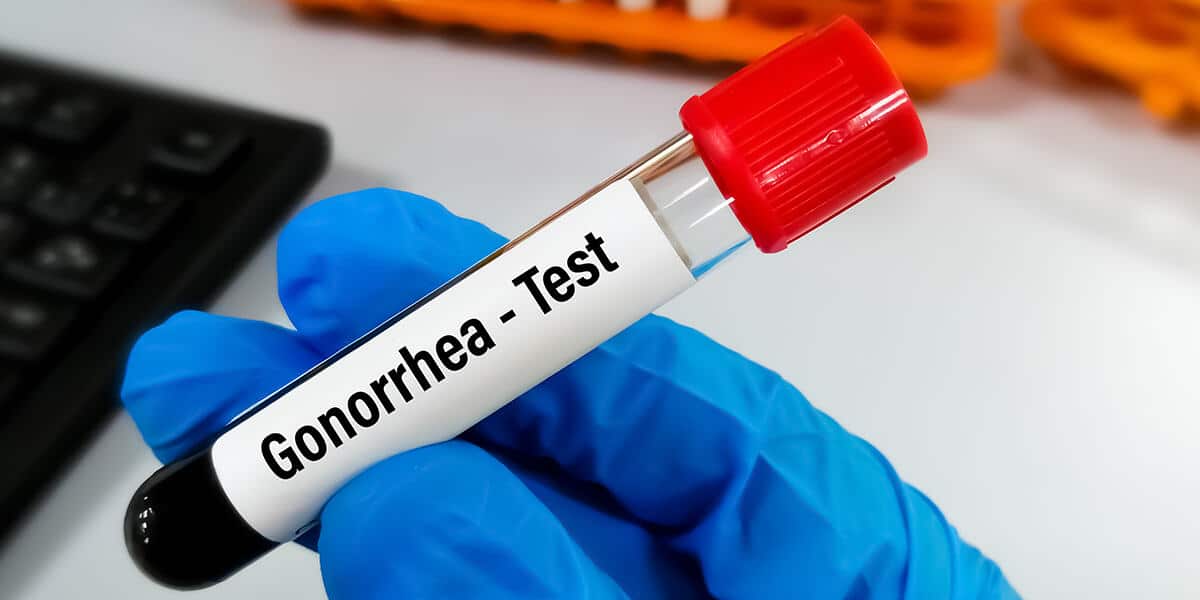Gonorrhea, caused by the bacterium Neisseria gonorrhoeae, is one of the most common sexually transmitted infections worldwide. Prompt and accurate diagnosis of gonorrhea is crucial for effective treatment and prevention of complications. Over the years, significant advancements have been made in gonorrhea testing methods, offering healthcare providers a range of options for diagnosis. In this article, we explore the evolution, principles, benefits, limitations, and emerging trends in gonorrhea testing methods, aiming to provide a comprehensive guide for healthcare professionals and individuals seeking information about gonorrhea diagnosis and treatment.
Understanding Gonorrhea Testing:
Gonorrhea testing involves the detection of Neisseria gonorrhoeae bacteria in clinical specimens collected from infected individuals. Testing methods vary in complexity, sensitivity, specificity, and turnaround time, depending on the laboratory infrastructure, resources, and patient needs. Common specimens used for gonorrhea testing include urethral, vaginal, cervical, rectal, and pharyngeal swabs, as well as urine samples.
Evolution of Gonorrhea Testing Methods:
The evolution of gonorrhea testing methods has been driven by advances in microbiology, molecular biology, and diagnostic technology. Traditional methods, such as culture and microscopy, have been supplemented and, in some cases, replaced by molecular techniques that offer higher sensitivity, specificity, and rapid turnaround time. Key milestones in the evolution of gonorrhea testing methods include:
- Culture: Historically, culture was the gold standard for diagnosing gonorrhea, involving the isolation and identification of Neisseria gonorrhoeae bacteria on selective media. While culture remains valuable for antimicrobial susceptibility testing, its sensitivity is limited, and it may require prolonged incubation periods.
- Gram Stain and Microscopy: Gram staining and microscopy of clinical specimens can provide rapid preliminary diagnosis of gonorrhea by visualizing Gram-negative diplococci characteristic of Neisseria gonorrhoeae. However, microscopy has low sensitivity and specificity and may miss asymptomatic infections or co-infections with other pathogens.
- Nucleic Acid Amplification Tests (NAATs): NAATs have revolutionized gonorrhea diagnosis by detecting specific nucleic acid sequences of Neisseria gonorrhoeae in clinical specimens with high sensitivity and specificity. Polymerase chain reaction (PCR), transcription-mediated amplification (TMA), and loop-mediated isothermal amplification (LAMP) are commonly used NAATs for gonorrhea testing.
- Point-of-Care Tests (POCTs): POCTs offer rapid, on-site diagnosis of gonorrhea within minutes, enabling timely treatment and counseling for patients. POCTs typically utilize immunochromatographic assays or nucleic acid amplification technologies to detect Neisseria gonorrhoeae antigens or nucleic acids in clinical specimens.
Principles of Gonorrhea Testing Methods:
Gonorrhea testing methods operate based on specific principles of detection and identification of Neisseria gonorrhoeae bacteria in clinical specimens:
- Target Amplification: Molecular methods, such as PCR and TMA, amplify specific regions of Neisseria gonorrhoeae DNA or RNA present in clinical specimens to detectable levels, allowing for sensitive and specific detection of the pathogen.
- Target Detection: NAATs utilize complementary probes or primers to bind to target sequences of Neisseria gonorrhoeae DNA or RNA, followed by signal detection through fluorescence, colorimetry, or chemiluminescence to confirm the presence of the pathogen.
- Antigen-Antibody Interaction: Immunochromatographic assays and POCTs rely on the interaction between Neisseria gonorrhoeae antigens and specific antibodies immobilized on test strips or membranes to generate visible signals indicative of a positive result.
- Culture and Growth: Culture methods rely on the ability of Neisseria gonorrhoeae bacteria to grow and multiply on selective media under controlled laboratory conditions, followed by biochemical or molecular identification of isolated colonies.
Benefits and Limitations of Gonorrhea Testing Methods:
Each gonorrhea testing method offers unique benefits and limitations, influencing its suitability for different clinical scenarios:
- Sensitivity and Specificity: NAATs demonstrate high sensitivity and specificity for gonorrhea detection, making them ideal for screening asymptomatic individuals and detecting low-level infections. Culture and microscopy have lower sensitivity and may miss asymptomatic or low-burden infections.
- Turnaround Time: POCTs provide rapid results within minutes, allowing for immediate treatment and counseling, particularly in resource-limited settings or high-risk populations. NAATs offer rapid turnaround time compared to culture but may require centralized laboratory infrastructure and trained personnel.
- Antimicrobial Susceptibility Testing: Culture remains essential for antimicrobial susceptibility testing to guide treatment decisions and monitor antimicrobial resistance patterns. NAATs do not provide information on antimicrobial susceptibility and may require additional testing for resistance surveillance.
- Specimen Collection and Handling: Different gonorrhea testing methods require specific specimen collection and handling procedures to ensure sample integrity and accurate results. Urethral, cervical, and vaginal swabs are commonly used for NAATs, while culture may require specialized transport media and incubation conditions.

Emerging Trends in Gonorrhea Testing:
Several emerging trends are shaping the landscape of gonorrhea testing, including:
- Multiplexed Testing: Multiplexed NAATs capable of detecting multiple pathogens simultaneously, including Neisseria gonorrhoeae and Chlamydia trachomatis, offer streamlined testing workflows and improved diagnostic efficiency.
- Integration with Syndromic Management: Gonorrhea testing methods are increasingly integrated into syndromic management algorithms for sexually transmitted infections, allowing for comprehensive diagnosis and treatment of symptomatic patients based on clinical presentation and risk factors.
- Point-of-Care Technologies: Advances in miniaturized diagnostics, microfluidics, and lab-on-a-chip technologies are driving the development of next-generation POCTs for gonorrhea and other sexually transmitted infections, enabling decentralized testing and rapid results at the point of care.
- Digital Health Solutions: Digital health platforms and mobile applications are being leveraged to enhance access to gonorrhea testing, facilitate self-collection of specimens, deliver test results remotely, and provide educational resources and counseling for individuals at risk of gonorrhea.
Conclusion:
Gonorrhea testing methods have evolved significantly over the years, offering healthcare providers a range of options for accurate, timely, and accessible diagnosis of Neisseria gonorrhoeae infections. From traditional culture and microscopy to modern molecular and point-of-care technologies, each testing method has unique benefits and limitations, influencing its suitability for different clinical settings and patient populations. As gonorrhea continues to pose a global public health threat, ongoing research, innovation, and collaboration are essential to further improve testing methods, enhance diagnostic accuracy, and combat antimicrobial resistance. By staying informed about the principles, applications, and emerging trends in gonorrhea testing, healthcare professionals can effectively diagnose and treat gonorrhea infections, prevent transmission, and mitigate the impact of this common sexually transmitted infection on individual and public health.



